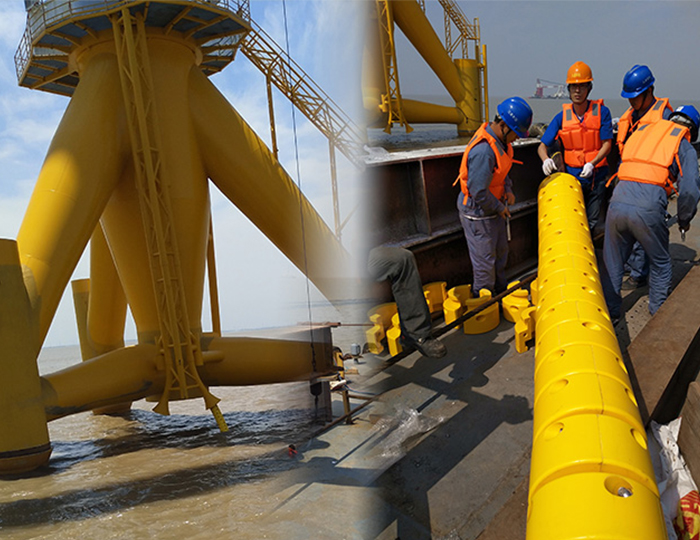No.19 Industry Park, Dongtai, Jiangsu, China +86 19941574798 sale06@kfqizhongji.com
No.19 Industry Park, Dongtai, Jiangsu, China +86 19941574798 sale06@kfqizhongji.com
Learn about submarine cable protection system and choose a reliable manufacturer.

Various materials are used to shield and insulate cables from mechanical stress, corrosion, and other environmental factors. Outer sheath and armor materials are polyethylene (PE), polyurethance (PU), polyvinyl chloride (PVC), stainless steel ect.
The bending radius of bend restrictors is designed to be slightly larger than the minimum safe bending radius of the cable or umbilical they protect. It varies significantly depending on the specific application, environmental conditions, and the mechanical properties of the materials involved.
Mainly oil and gas rigs, subsea cable protection, wind farm, flexible hoses and pipes, telecommunication systems ect.
The performances of bending restrictors are evaluated based on several key parameters: bending limitation, load bearing capacity, durability and fatigue resistance, material properties, installation compatibility, adaptability to environmental conditions and flexibility.
05-09
202505-09
202505-09
202505-09
2025